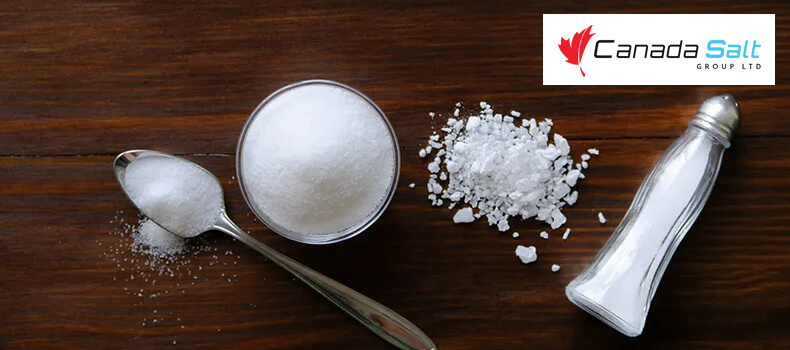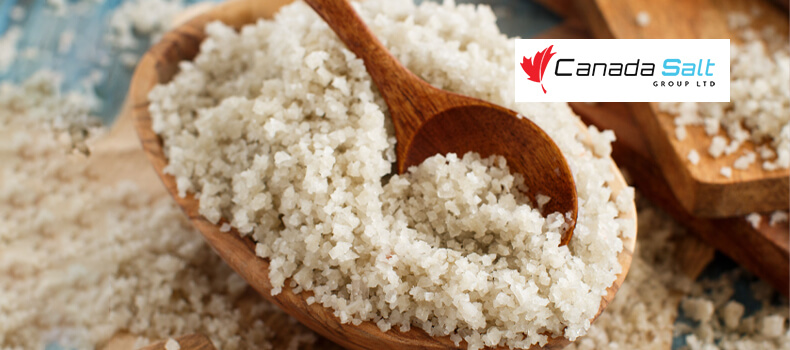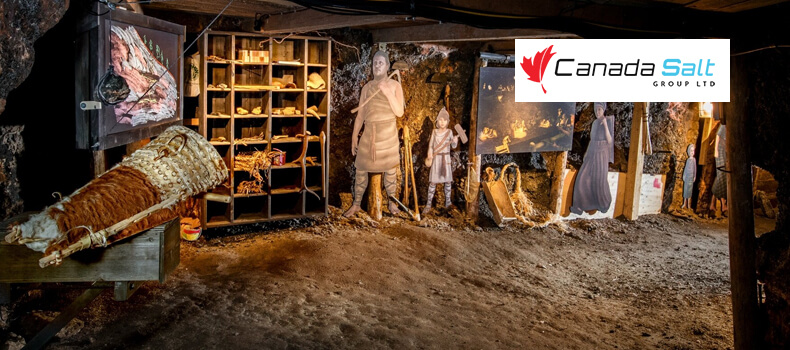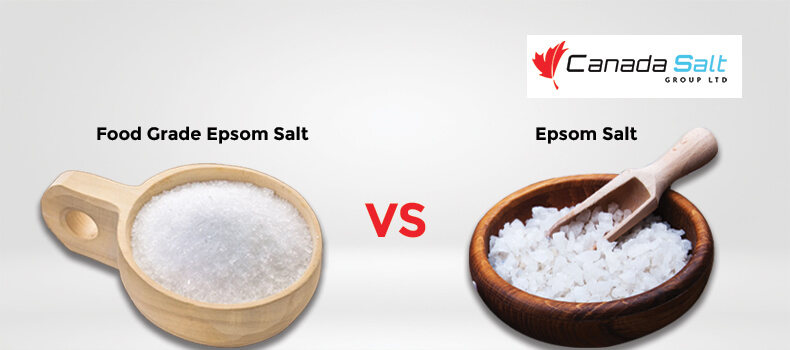Sea Salt vs. Table Salt
Salt is one of the magical ingredients used in cooking or baking and is the only element virtually present in almost all recipes. Salt adds flavour to your food and is an essential nutrient in daily life. In addition to being used in cooking, salt acts as an excellent preservative. While baking cakes, salt is used to strengthen the gluten structure of bread dough. Although most of the salt is produced by evaporating sea water or artificial brine solution, salt is also mined from mine deep under the earth. There is a wide range of salt products available in the market. Read on to learn the major differences between sea salt vs table salt.
What Is Sea Salt?
Sea Salt is produced by the evaporation of seawater and contains traces of other minerals like iron, zinc, magnesium, potassium, and calcium. As a result of variations in salt harvesting, many other types of sea salt have come into existence. Celtic salt, Maldon Salt, Hawaiian Red Salt, and black sea salt are some types of sea salt.
What Is Table Salt?
Regular Table salt is mined from underground salt deposits and is further processed to remove impurities. Anti-caking agents are added to table salt to prevent clumping, and also the salt is fortified with iodine to prevent iodine deficiency in people.
Differences Between Sea Salt vs. Table Salt
Even though both sea salt and table salt are made of sodium chloride, there are some key differences between the salt types. Here are some of the differences
1. Texture
Sea salt comes in various textures, from fine to large crystals. Table salt is usually available in fine powder form.
2. Trace Minerals
As sea salt is not processed, it contains traces of minerals like potassium, magnesium, zinc, iron, and calcium. Table salt is processed salt, so it contains no impurities or minerals but anti-caking agents.
3. Availability Of Iodine
Sea salt is not fortified with iodine as it is not processed. Table salt is fortified with iodine to prevent iodine deficiency in people using salt.
4. Flavour
The minerals in sea salt give it a complex flavour compared to table salt. On the other hand, table salt has a normal taste as there are no impurities or trace elements.
5. Shelf Life
Sea salt is made naturally and does not have anti-caking agents, so it lasts for a long time. Table salt is fortified with iodine and mixed with anti-caking agents, so the life of table salt is only five years.
6. Price Of Salt
Sea salt is made naturally and is produced in smaller batches, making it more costly. On the other hand, table salt is mined from deep mines present on earth, so the cost of table salt is much lower when compared to sea salt.
Health Benefits Of Sea Salt vs. Table Salt
Sea salt’s benefits include reduced skin irritations, increased hydration, and reduced flare-ups in people suffering from eczema. The human body cannot produce iodine by itself, and if the required iodine is not supplied, then the thyroid gland will not be able to produce enough thyroid hormone. The deficiency of iodine makes the thyroid gland enlarge, called goitre. Table salt is fortified with iodine and so helps in fighting goitre.
Conclusion
When choosing between sea salt vs. table salt, bath salts are the best choice but choose the salt that gives the best taste to your food and also fits your budget. When choosing salt for your house purpose, it is recommended to buy from a reliable and trusted salt supplier. Canada Salt Group Ltd is a food-grade and sea salt supplier all over North America. Contact us today at 866-31-21-7258 for more details and get a free quote.





